Home \ International \ Saller’s Liebherr cranes complete difficult bridge hoist at night
Saller’s Liebherr cranes complete difficult bridge hoist at night
04/09/2020
Pubblicato da Redazione
LTM 1750-9.1 and LTM 1400/1 position 61-tonne pedestrian bridge using tandem. hoist
Kran Saller GmbH, based in Deggendorf in Bavaria, positioned a component for a pedestrian bridge over a railway track weighing over 60 tonnes using an extraordinary tandem hoist and a massive logistical effort. The difficulty was that the cranes had to be set up for the night job in Munich very close to each other and moved even closer whilst hoisting the load into position.
It was really tight – there was only around twenty centimetres between the telescopic boom of the more powerful Liebherr mobile crane and the ropes on the telescope guying of the LTM 1400/1 when the cranes’ superstructures reached the trickiest moment of the complex slewing process. But this almost-contact had been precisely planned as such in advance. “Normally we would have hoisted the load with just one crane and an adjustable yoke, but the customer insisted that the work should be carried out using two cranes”, explained Klaus Ruhland, who completed the calculations for the tandem hoist together with Dennis Kase.
Because the LTM 1750-9.1 had to reach over the smaller crane and its boom to pick up the load, the massive nine-axle machine was set up with a 35 metre luffing jib and its telescopic boom was extended to almost 40 metres for the actual hoist. Managing Director and Head Project Manager Franz X. Saller jun. said: “The close positioning of the two cranes was due to the fact that we had to work from the abutment of a road bridge. We were not able to position the cranes on the bridge structure as a result of the support pressures they generate.”
A great deal of manpower and materials were required for the job because the full closure of the rail network for a limited time and the closure of the road for the hoisting and set-up work meant that rapid progress was essential.
But the efficient team from Kran Saller ensured that the work was carried out professionally and that the job was carried out quickly and smoothly during the night in the Bavarian capital. The actual hoisting of the bridge component took exactly one hour, after which it was positioned precisely around 30 metres away on the piers of the future bridge. Immediately after the load had been detached, the team started dismantling their Liebherr cranes so that as day broke, only a few barriers were left as signs that the night had been a busy one.
By then, the equipment for the job was already en route to the company’s headquarters in Deggendorf. The company provides its services to customers well beyond the borders of Bavaria from there and six other sites. In addition to heavy and special haulage, the company has a fleet of around 30 cranes, making crane work one of the core parts of its business.

Ultime notizie di Liebherr Italia
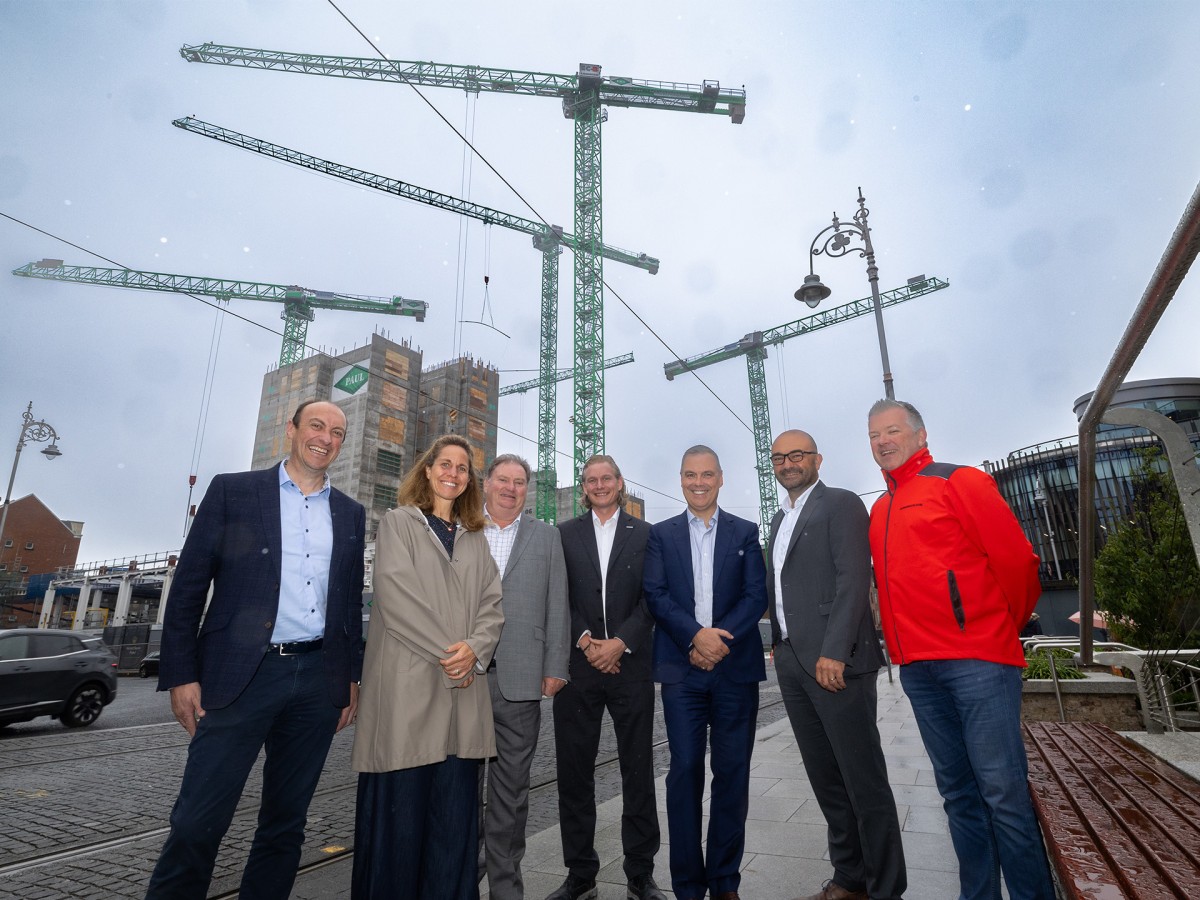
Lifting
19/11/2024
Liebherr Tower Cranes and John Paul Construction celebrate 50 years of partnership
Irish construction company John Paul Construction is celebra...

Lifting
29/10/2024
Wertz-Autokrane takes delivery of Liebherr LTM 1110-5.2 mobile crane
– The new 110-tonne crane complements the Wertz crane fleet...
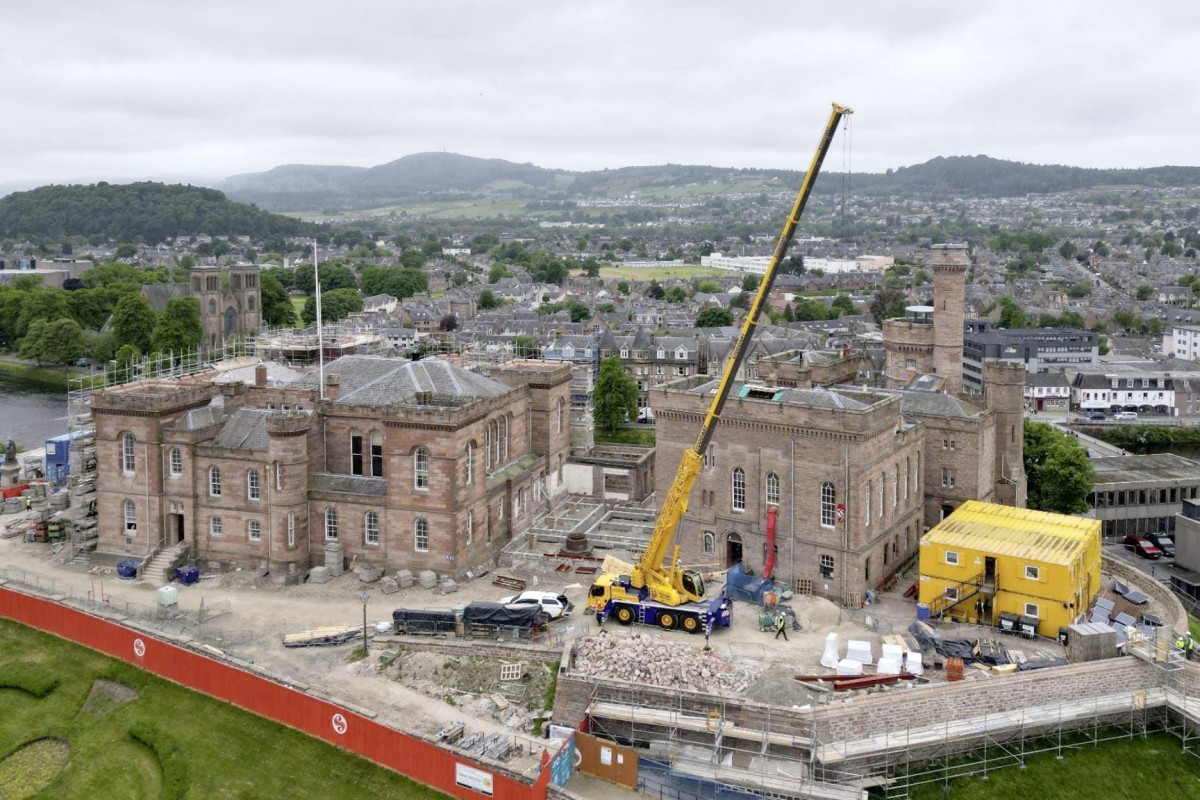
Lifting
23/10/2024
New Liebherr mobile cranes for Scotland
To mark its 20th anniversary, Stoddart Crane Hire gave itsel...
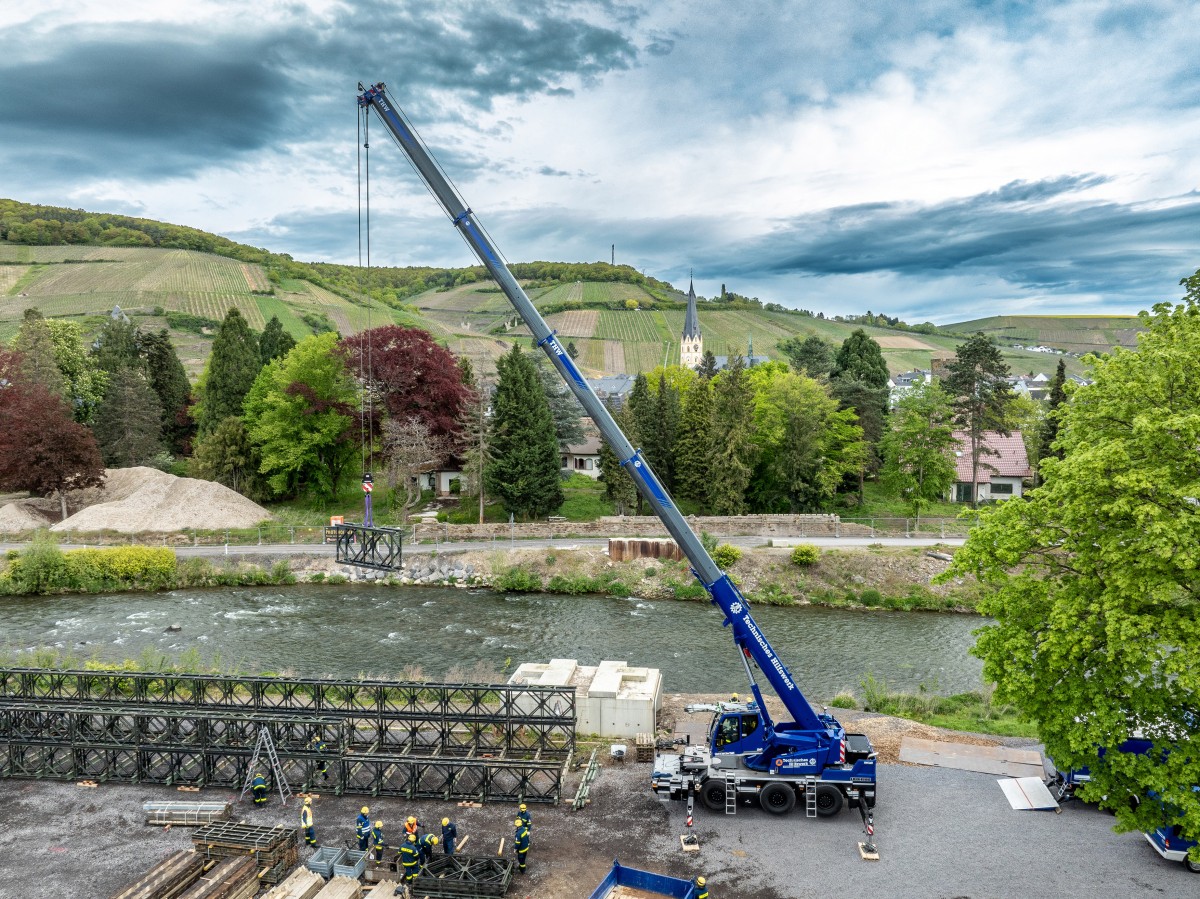
Lifting
17/10/2024
German Federal Agency for Technical Relief places its trust in Liebherr compact cranes
The German Federal Agency for Technical Relief (THW) placed...

Lifting
14/10/2024
S.A.S Group expands Liebherr crane fleet
S.A.S Group expanded its Liebherr crane fleet with LTM 1300-...
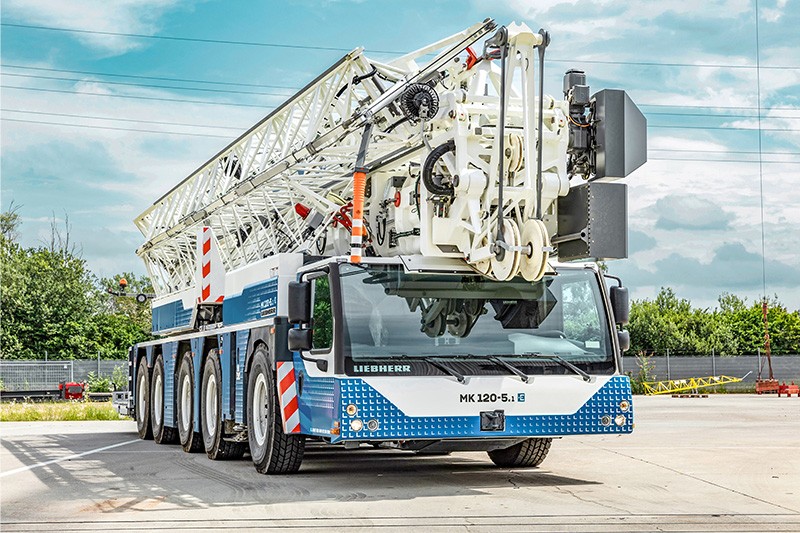
Lifting
04/10/2024
Liebherr’s mobile construction crane range is expanding
MK 120-5.1, now available to order, is an agile five-axle mo...
Altri International
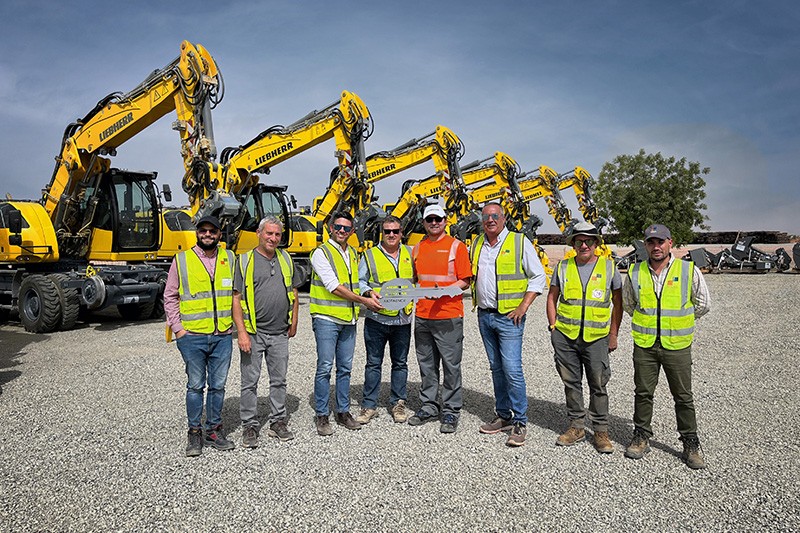
International
26/11/2024
Mota-Engil orders 10 Liebherr railroad excavators for a major project in West Africa
The Portuguese construction company Mota-Engil has once agai...
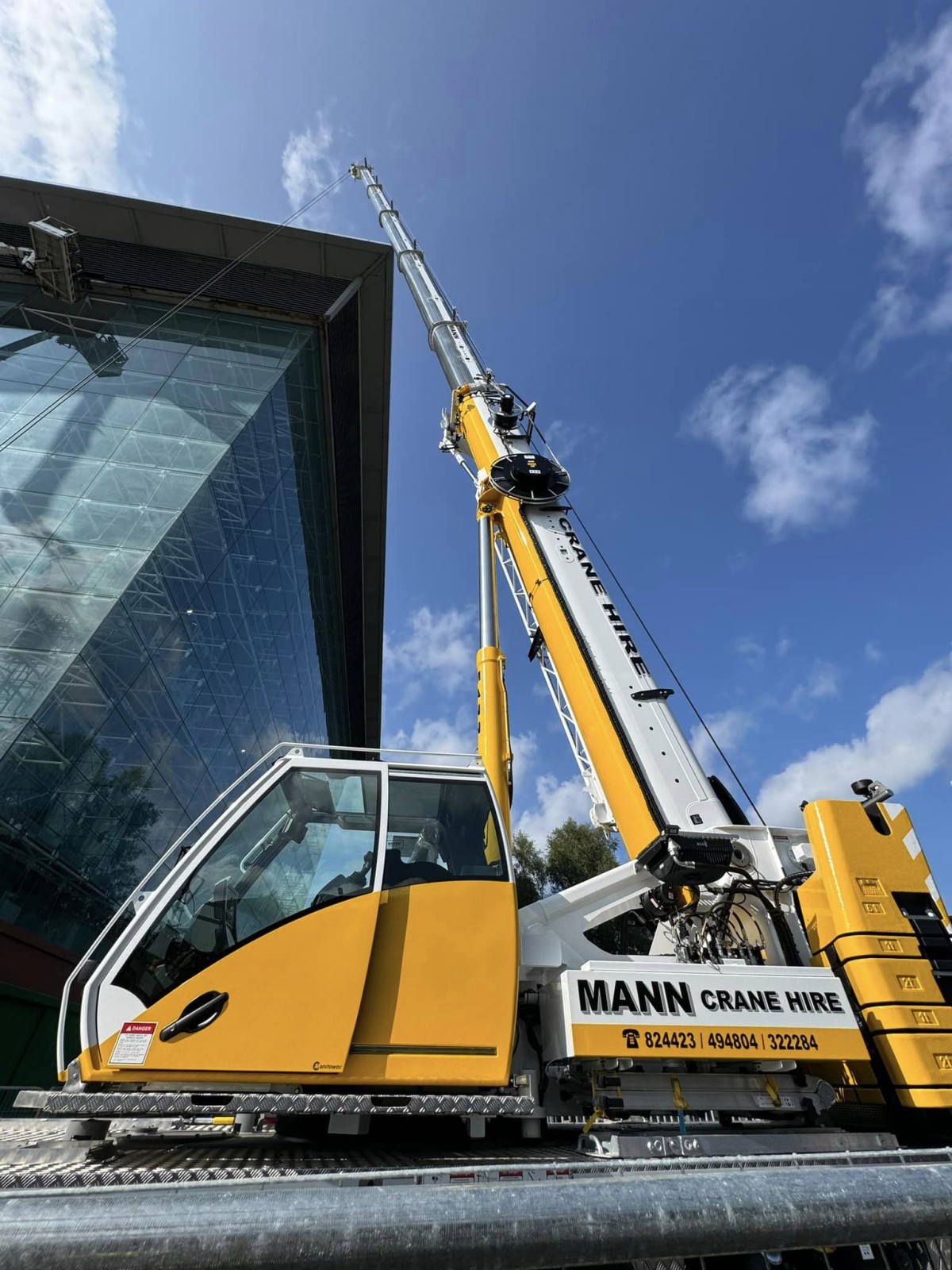
International
25/11/2024
New Grove GMK3060L-1 drives busy schedule for Mann Crane Hire
• Mann Crane Hire selected the GMK3060L-1 for its class-lead...
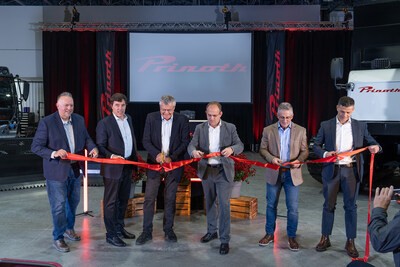
International
25/11/2024
Prinoth Unveils Expanded Production Facility in Granby, Canada
Prinoth held an event to announce the official opening of it...

International
23/11/2024
GPMat International takes delivery of two Raimondi T147s residential development in the South of France
- Official agent of France expands its product lineup with t...

International
22/11/2024
Sarens acquires additional SCHEUERLE SPMT K24 modules
renowned for its expertise in crane rental services, heavy l...
International
22/11/2024
Five WOLFF cranes modernize Oslo’s Ulven district
With a total of five WOLFF cranes of type 7534.16 Clear, Wol...












































